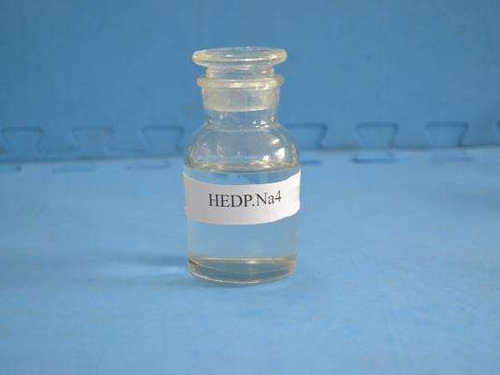Understanding Coagulation and Flocculation Processes in Water Treatment Systems
Water Coagulation and Flocculation A Fundamental Process in Water Treatment
Water is essential for life, and ensuring its quality is paramount for human health and the environment. One of the critical processes in water treatment is coagulation and flocculation. These processes are vital for removing suspended solids and other contaminants, which can impact water quality. This article aims to explain the mechanisms of coagulation and flocculation, their importance in water treatment, and the various chemicals used in these processes.
Mechanisms of Coagulation and Flocculation
Coagulation is the first step in the treatment of water, where chemical agents, known as coagulants, are added to the water. These coagulants are typically charged particles that neutralize the negative charges of suspended particles, allowing them to come together and form larger aggregates. The most commonly used coagulants include aluminum sulfate (alum), ferric sulfate, and polyaluminum chloride. When these agents are mixed with water, they cause destabilization of the colloidal particles, which is primarily due to the neutralization of the repulsive forces that keep particles suspended.
Following coagulation, the process of flocculation occurs. Flocculation involves the gentle mixing of the water to promote the agglomeration of the destabilized particles into larger clusters called flocs. This is accomplished using a slower mixing process, which allows the smaller coagulated particles to collide and stick together as they settle out of the water. The formation of flocs enhances the settling process during subsequent sedimentation or filtration steps, leading to clearer water.
Importance of Coagulation and Flocculation in Water Treatment
Coagulation and flocculation play a pivotal role in ensuring water quality for various applications, including drinking water, industrial processes, and wastewater treatment. By removing suspended solids, organic matter, bacteria, and other harmful contaminants, these processes help to improve the aesthetic aspects of water, such as clarity and color, while significantly reducing health risks associated with pathogens.
In drinking water treatment, coagulation and flocculation are crucial for meeting regulatory standards. For instance, the United States Environmental Protection Agency (EPA) has established guidelines to ensure that drinking water is free of harmful contaminants. Effective coagulation and flocculation contribute to the removal of pathogens, thereby reducing the incidence of waterborne diseases.
In wastewater treatment, these processes are equally important. They aid in the removal of solids and organic matter before the effluent is discharged into natural water bodies. By minimizing pollutants, coagulation and flocculation reduce the environmental impact of wastewater and help maintain aquatic ecosystems.
water coagulation and flocculation

Chemical Agents Used in Coagulation and Flocculation
Various chemicals can be utilized for coagulation and flocculation, each with specific advantages and disadvantages.
1. Aluminum Sulfate (Alum) This is the most widely used coagulant due to its effectiveness and cost-efficiency. It forms aluminum hydroxide flocs that can effectively trap impurities.
2. Ferric Chloride An alternative to alum, ferric chloride is suitable for treating water with high organic content. It provides high coagulant activity and is effective in low pH waters.
3. Polymeric Coagulants These synthetic coagulants can also be used; they provide enhanced performance, particularly in removing suspended solids and improving floc strength.
4. Natural Coagulants With a growing interest in sustainable practices, natural coagulants like Moringa oleifera seed extracts have gained attention. These can effectively reduce turbidity and have a lower environmental impact.
Conclusion
Coagulation and flocculation are fundamental processes in ensuring water quality, playing an essential role in water treatment systems worldwide. By understanding the mechanisms, importance, and chemicals involved, we can appreciate their critical contribution to public health and environmental protection. As the demand for clean water continues to rise, optimizing these processes will remain a priority for drinking water supply, wastewater treatment, and environmental preservation. Effective water management practices are vital for sustaining this precious resource for future generations.
-
Premium Isothiazolinones | Broad-Spectrum Biocidal SolutionsNewsAug.28,2025
-
LK-319 Special Scale And Corrosion Inhibitor For Steel Plants: Advanced Solutions for Industrial Water SystemsNewsAug.22,2025
-
Flocculant Water Treatment: Essential Chemical Solutions for Purification ProcessesNewsAug.22,2025
-
Isothiazolinones: Versatile Microbial Control Agents for Industrial and Consumer ApplicationsNewsAug.22,2025
-
Scale Inhibitor: Key Solutions for Water System Scale PreventionNewsAug.22,2025
-
Organophosphonates: Versatile Scale Inhibitors for Industrial Water SystemsNewsAug.22,2025





